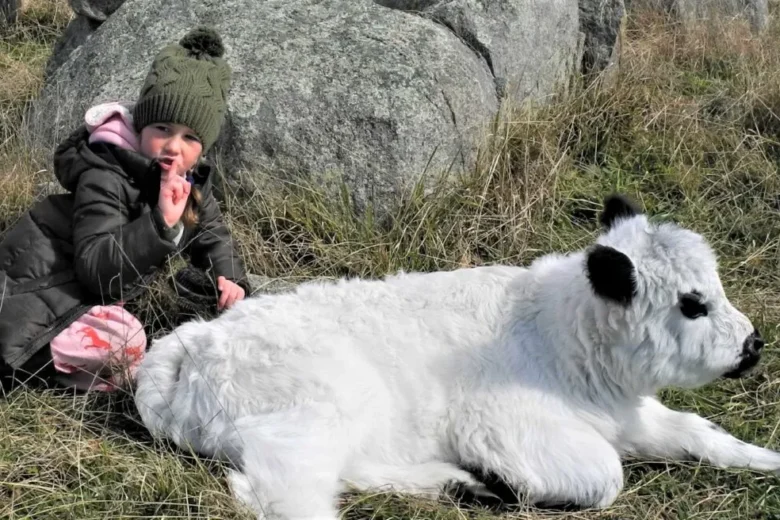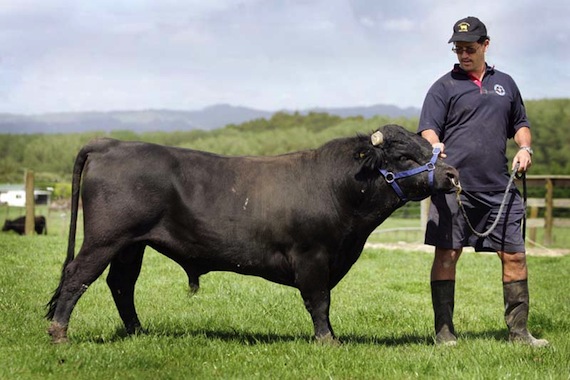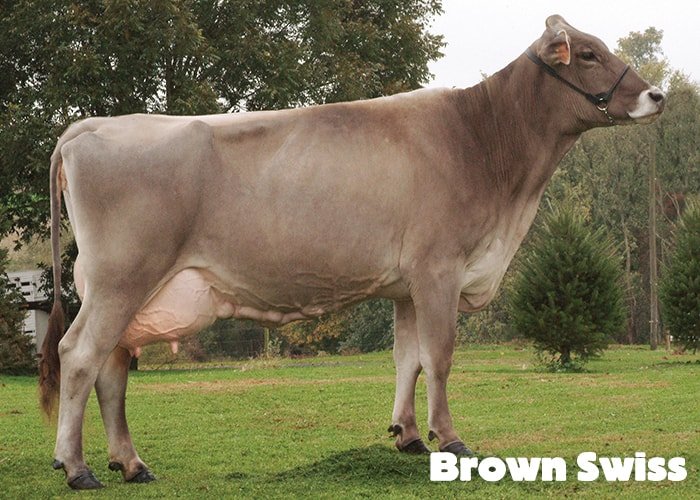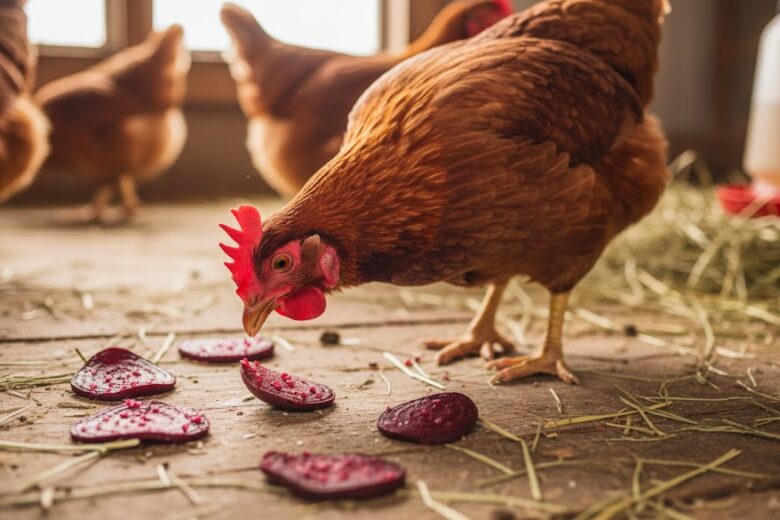There’s something about the word “ranch” that just stirs up an image in your mind, isn’t there? Maybe it’s wide-open grasslands stretching as far as the eye can see. Maybe it’s cattle grazing under a golden sunset, or a cowboy riding out at dawn with a loyal dog trotting beside him. Ranching has a spirit to it—freedom, hard work, and a deep bond with the land. But here’s the thing: ranches aren’t all the same. There are many different types of ranches, each with its own rhythm, challenges, and purpose.
When I first got into ranching, I thought a ranch was just a big farm for cows. That’s what most folks imagine. But over the years, visiting other ranchers across the country opened my eyes. There are cattle ranches, of course, but also horse ranches, sheep ranches, game ranches, and even exotic animal operations. Some focus on meat, others on breeding, and a few purely on conservation or tourism. Each one tells a story about how people and nature can work together when managed with care.
If you’ve ever daydreamed about owning or working on a ranch, understanding the different types of ranches is the first step. It’s not all about land and livestock—it’s about purpose, management style, and how you want to live your life. So, let’s saddle up and take a closer look at the many faces of ranching in America today.
1. Cattle Ranches – The Classic American Icon
When people think of ranches, cattle ranches usually come to mind first. They’re the backbone of ranching life across the U.S. From Texas to Montana, these operations raise beef cattle for meat production. You’ll find breeds like Angus, Hereford, and Charolais dotting the fields.
Cattle ranches can vary in size—some small family-run outfits with a few dozen head, others massive spreads covering thousands of acres. What keeps them going is a mix of good pasture management, strategic breeding, and plenty of grit. Ranchers here wake up early, check the herd, fix fences, and balance feed schedules. It’s not glamorous work, but it’s deeply satisfying.
2. Dairy Ranches – Where Milk Meets Muscle
Dairy ranches focus on milk production, and they require a whole different level of dedication. These ranchers deal with early mornings and strict milking schedules. Breeds like Holstein, Jersey, and Guernsey are the stars here.
If you’ve ever helped with milking, you know the rhythm—feed, clean, milk, repeat. It’s a full-time job, seven days a week. But for those who love it, there’s joy in it. Fresh milk, homemade cheese, and watching healthy calves grow—it’s a rewarding cycle.
3. Horse Ranches – Grace, Power, and Heart
Some folks run horse ranches for breeding, training, or boarding. These operations can range from working ranches with cow ponies to recreational or show-focused facilities.
Horses demand care and connection. You can’t just feed them and walk away—they need exercise, grooming, and trust. If you’ve ever stood in a quiet barn at sunrise listening to horses shuffle in their stalls, you know the kind of peace that fills a rancher’s heart.
4. Sheep and Goat Ranches – Small Stock, Big Rewards
Sheep and goats might be smaller than cattle, but don’t underestimate the work they bring. Sheep ranches are common in states like Wyoming and Colorado, where the terrain suits grazing. Goat ranches, on the other hand, thrive in drier regions.
These ranches can produce meat, wool, or milk. They’re also great for smaller acreages because goats and sheep graze efficiently, often cleaning up weeds cattle won’t touch. Many ranchers even use them alongside cattle for rotational grazing.
5. Poultry Ranches – Feathers, Eggs, and Farm Hustle
Not every ranch has large animals. Poultry ranches are dedicated to chickens, turkeys, ducks, or even quail. Some focus on egg production, while others raise birds for meat.
The work here is intense but often more contained. You’ll spend time managing coops, monitoring feed, and collecting eggs. It’s also one of the easiest ranching operations to scale up from small to large, depending on your goals.
6. Game Ranches – Where Conservation Meets Commerce
Now, this is where things get interesting. Game ranching has grown in popularity, especially in states like Texas, where private landowners raise deer, elk, bison, and exotic species. These ranches often focus on sustainable hunting, breeding programs, and wildlife conservation.
Running a game ranch isn’t for the faint-hearted. It takes serious knowledge of animal behavior, habitat management, and local laws. But it’s incredibly rewarding when done right—imagine watching a herd of elk move across the land you’ve nurtured back to life.
7. Bison Ranches – Raising America’s Giants
Bison ranching is both nostalgic and modern. These majestic creatures once roamed freely across the plains, and now, they’re part of a growing niche in sustainable meat production.
Bison meat is lean, flavorful, and in high demand. But raising them isn’t like raising cattle—they’re wilder, stronger, and need plenty of space. Ranchers who work with bison often talk about the deep respect they develop for the animal’s strength and history.
8. Dude Ranches – Hospitality Meets Heritage
Ever thought of combining tourism with ranching? That’s what dude ranches do. Guests come to experience cowboy life firsthand—riding horses, herding cattle, and enjoying campfire meals under the stars.
These ranches keep the spirit of the Old West alive. They’re about connection—people to nature, people to animals, and people to the simple life. Running one requires hospitality skills as much as ranching knowledge, but the rewards go beyond money.
9. Tree and Timber Ranches – Where Forests Pay Their Way
Not all ranches are about animals. Some are about trees. Timber ranches focus on sustainable forestry—growing, managing, and harvesting wood for profit.
These operations require patience and long-term thinking. You won’t see fast returns, but if managed well, they can be a source of steady income and ecological benefit. Plus, there’s nothing quite like walking through acres of tall, thriving pines you helped nurture.
10. Exotic Animal Ranches – A World of Their Own
Some ranchers take things a step further by raising exotic animals like zebras, ostriches, camels, or antelope. These ranches often attract tourists or supply zoos and conservation programs.
It’s not a path for beginners—you need specialized care, knowledge, and the right permits. But if you’ve got the passion (and patience), it can be a fascinating niche within the world of ranching.
11. Mixed Ranches – The Best of All Worlds
Many modern ranchers prefer to diversify. A mixed ranch might have cattle, sheep, and poultry—or combine livestock with crops. It’s a smart move that balances risk and income streams.
For example, if beef prices drop, egg production or hay sales might keep things afloat. Plus, the different animals often complement each other in grazing and soil management.
How to Choose the Right Type of Ranch for You
So, you’re dreaming about starting your own ranch but aren’t sure which direction to go? Start by asking yourself a few questions:
-
How much land do you have (or plan to buy)?
-
What’s your budget for feed, fencing, and equipment?
-
Do you want to raise animals, grow crops, or both?
-
How hands-on do you want to be every day?
Your answers will point you toward the type of ranch that fits your goals. If you love daily animal care, a cattle or dairy operation might suit you. If you prefer a slower rhythm, maybe a tree or game ranch.
Real-Life Scenario: My Transition from Cattle to Mixed Ranching
When I started ranching, I was all about beef cattle. That was my world—branding days, calf births, and moving herds from pasture to pasture. But over time, I realized my land could do more.
So, I added goats to control brush, chickens for eggs, and a few acres of alfalfa. It wasn’t easy at first. The fencing alone nearly drove me mad. But now, the land feels balanced, the soil healthier, and my income steadier. Sometimes, you just have to listen to what your land is trying to tell you.
FAQs About Different Types of Ranches
1. What’s the most profitable type of ranch?
It depends on your region, market, and management skills. Cattle and poultry ranches tend to have steady markets, but game and dude ranches can offer higher margins if run well.
2. Can I start a ranch on a small piece of land?
Absolutely. Start small with goats, sheep, or poultry. You can scale up over time as you gain experience and income.
3. What’s the hardest part of ranching?
Consistency. Weather, markets, and animals don’t always cooperate. The best ranchers are adaptable and resilient.
4. Do I need experience to run a ranch?
Not necessarily, but education and mentorship go a long way. Spend time volunteering or working on an established ranch before you jump in.
The Heart of Ranching
At the end of the day, every type of ranch—big or small, traditional or modern—shares one common thread: stewardship. It’s about caring for the land, the animals, and the legacy you’re building. Whether you’re running a cattle operation or raising exotic animals, ranching is a lifestyle built on passion and persistence.
So, what kind of ranch do you see yourself building someday?



